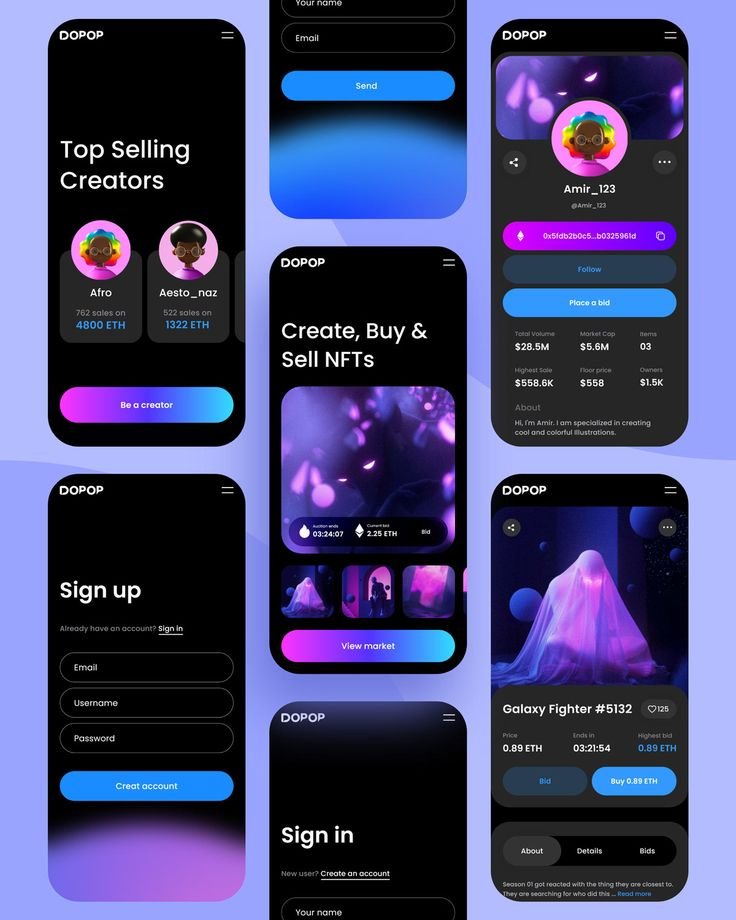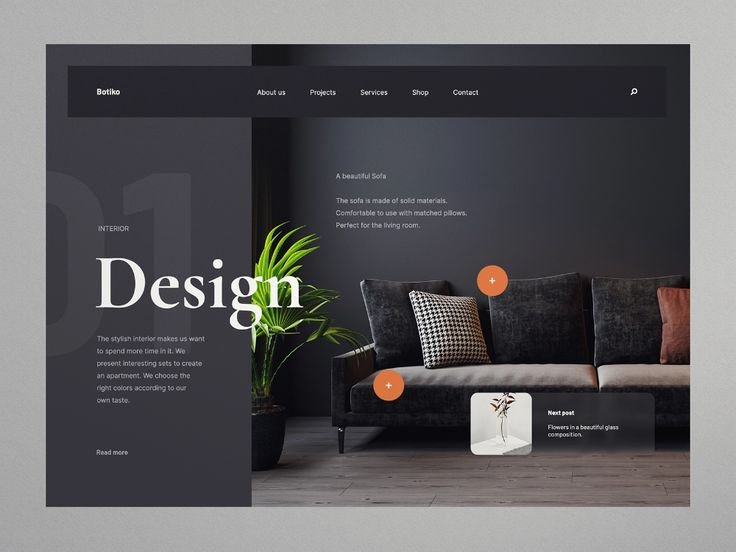User Interface (UI) and User Experience (UX) design are essential components of creating engaging and effective digital products. Whether you are a beginner looking to break into the field or a professional aiming to refine your skills, there are numerous resources available to help you learn UI and UX design. Here’s a comprehensive guide on where you can start your learning journey.
1. Online Courses and Platforms
1.1. Coursera
- Courses: Coursera offers a variety of UI/UX design courses from top universities and institutions. Notable courses include the “Google UX Design Professional Certificate” and “Interaction Design Specialization” by UC San Diego.
- Benefits: Structured learning paths, hands-on projects, and certificates upon completion.
1.2. Udemy
- Courses: Udemy provides a wide range of UI/UX design courses for all skill levels. Popular courses include “User Experience Design Essentials – Adobe XD UI UX Design” and “The Complete App Design Course – UX, UI, and Design Thinking.”
- Benefits: Affordable pricing, lifetime access to course materials, and practical assignments.
1.3. edX
- Courses: edX partners with leading universities to offer UI/UX design courses. Examples include “User Experience (UX) Research and Design” by the University of Michigan and “MicroMasters® Program in Design Thinking” by RIT.
- Benefits: High-quality content, self-paced learning, and verified certificates.
1.4. LinkedIn Learning
- Courses: LinkedIn Learning has a vast library of courses covering various aspects of UI/UX design. Courses like “UX Foundations: Interaction Design” and “UI Design Patterns for Success” are highly recommended.
- Benefits: Integration with LinkedIn profiles, access to industry experts, and a free trial period.
2. Bootcamps and Intensive Programs
2.1. General Assembly
- Programs: General Assembly offers immersive bootcamps such as the “User Experience Design Immersive” and “Visual Design.”
- Benefits: Hands-on projects, career support, and a focus on real-world applications.
2.2. Springboard
- Programs: Springboard’s “UX Design Bootcamp” provides a comprehensive curriculum, one-on-one mentorship, and job placement assistance.
- Benefits: Mentor guidance, project-based learning, and a job guarantee.
2.3. Designlab
- Programs: Designlab’s “UX Academy” is an intensive program that includes mentorship, portfolio projects, and career support.
- Benefits: Personalized mentorship, flexible payment plans, and a focus on portfolio development.
3. University Programs
3.1. Carnegie Mellon University
- Program: The Master of Human-Computer Interaction (MHCI) program offers an in-depth study of UX design.
- Benefits: Rigorous academic curriculum, access to cutting-edge research, and networking opportunities.
3.2. University of California, Berkeley
- Program: The School of Information offers a Master of Information Management and Systems (MIMS) with a strong focus on UX design.
- Benefits: Interdisciplinary approach, industry connections, and access to a vibrant tech community.
4. Self-Learning Resources
4.1. Books
- Recommendations: “Don’t Make Me Think” by Steve Krug, “The Design of Everyday Things” by Don Norman, and “Sprint” by Jake Knapp.
- Benefits: Deep insights from industry experts, foundational knowledge, and the ability to learn at your own pace.
4.2. Blogs and Websites
- Recommendations: Nielsen Norman Group (nngroup.com), Smashing Magazine (smashingmagazine.com), and UX Design (uxdesign.cc).
- Benefits: Up-to-date industry trends, practical tips, and a wide range of topics covered.
4.3. YouTube Channels
- Recommendations: “The Futur,” “AJ&Smart,” and “CharliMarieTV.”
- Benefits: Free access to tutorials, design critiques, and interviews with industry professionals.
5. Communities and Networking
5.1. Meetups and Events
- Platforms: Meetup.com, Eventbrite, and UX conferences like UXPA and Interaction Design Association (IxDA) events.
- Benefits: Networking opportunities, access to workshops, and insights from experienced designers.
5.2. Online Communities
- Platforms: Reddit (r/UXDesign, r/UI_Design), Designer Hangout (Slack community), and LinkedIn groups.
- Benefits: Peer support, feedback on designs, and staying updated with industry news.
Conclusion
Learning UI and UX design is more accessible than ever, thanks to the wide range of online courses, bootcamps, university programs, self-learning resources, and communities available. Whether you prefer structured learning or a self-paced approach, there’s a resource out there to suit your needs. Dive in, practice consistently, and take advantage of the wealth of knowledge and support available to become proficient in UI and UX design.





